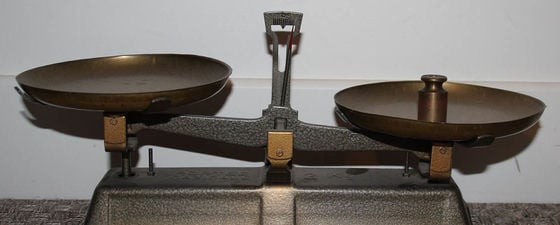There is a seriously poor balance between middle management, young professionals and experienced personnel, but what can we do to improve equal employment opportunities in oil & gas?
Various demographics are poorly balanced in the currently employed oil and gas professionals versus those looking for new opportunities. We need to address this imbalance across the following categories:
Experience
Gender
Age
Experience
The demography of the oil and gas industry does not reflect the world. It is tilted towards an older age range, with a serious lack of middle management experience – those young professionals lost in previous downturns. Talking to recent entrants to the industry, it appears that we have not learnt a great deal; few recent graduates have been employed, while young professionals, let go in a flurry of cost-cutting, find they have to compete for jobs with people with maybe a decade more experience. Yet we must employ the younger generation, so they can learn from those with experience.
Age
In addition to the imbalance in age demographics, we are seriously top heavy with men. Only 22% of people working in oil and gas are women, one of the lowest shares among major industries. It is commonly accepted that improving the gender balance would be beneficial to the industry, with a wider diversity of opinions resulting in increased creativity and teamwork, among other things, so this imbalance presents a considerable loss to the industry.
Gender
However, according to a recent study by the Petroleum Council and the Boston Consulting Group (Untapped Reserves: Promoting Gender Balance in Oil and Gas), the industry is an unwelcoming place for women. It is hard for them to establish and maintain a career in this male-centric industry. Common perceptions are that it is dirty, old-fashioned and male dominated; just google ‘oil and gas work images’ and see how many photos you scroll through before one features a woman.
Support & Development
At entry level almost equal numbers of men and women are employed in the industry, but this drops steeply by the executive stage, where on average just 17% are female. The study found there were big differences in the reasons men and women give for this. Over half the women in the survey believe they get less support, with a quarter of men thinking the same, while 34% of men believe women were not flexible, an opinion shared with only 24% of the female respondents. Interestingly, when asked questions that tested flexibility, women consistently scored higher than their male counterparts.
Improving the Balance
We have to realise that changing the demographic imbalance is all our responsibility. We need to change our mindsets, ask more questions and communicate our thoughts, wishes and ideas.
About the Author…
Jane Whaley
Editor in Chief | GEO ExPro Magazine
A geologist with 30 years experience in the oil industry, ranging from high resolution seismic surveys to technical studies with IHS, Jane has been involved with GEO ExPro Magazine since 2005. Previously Associate Editor, Europe and Africa, she has been Editor in Chief since 2010.




